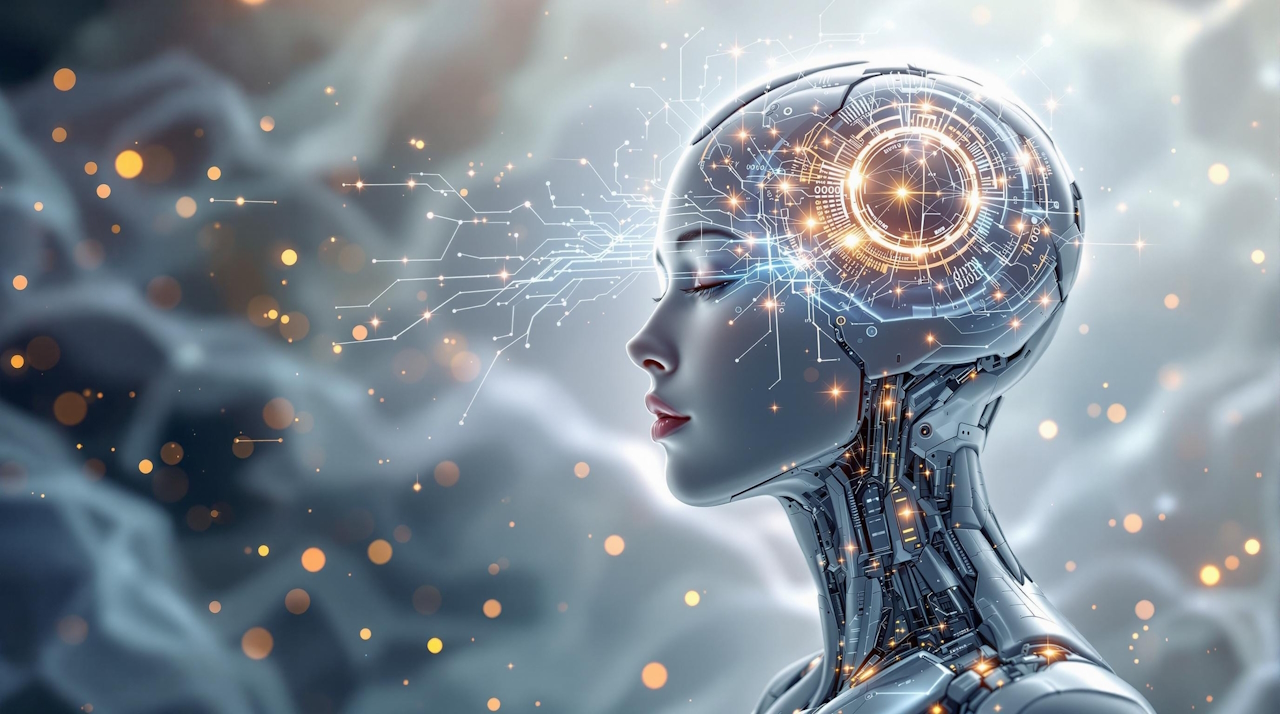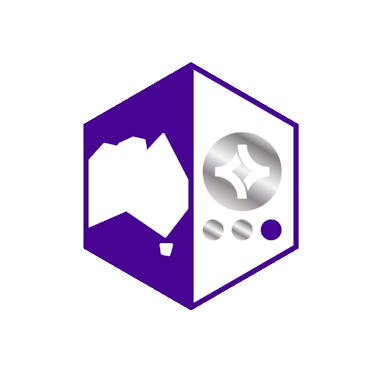In an unexpected twist from the frontiers of innovation, a breakthrough has ignited the imagination of tech enthusiasts and medical professionals alike.
Synchron, a pioneering Melbourne University spinout, revealed an AI model trained by human brains – a revolutionary step forward in brain-computer interface (BCI) research. This development, achieved in collaboration with industry giants Nvidia and Apple, promises to redefine approaches to paralysis recovery. More about the unveiling is available here in a press release.
The breakthrough model, dubbed “Chiral™”, stands as a testament to the power of combining cognitive AI with neural data processing, offering fresh hope to those affected by paralysis. By integrating direct brain signals into its training regime, the technology not only expands our understanding of AI but also deepens our capacity to restore lost functions for patients, fundamentally reshaping the field of neurorehabilitation.
The Scientific Breakthrough
At the heart of this groundbreaking initiative lies an ingenious process of training an AI model directly from human thoughts. By leveraging advanced brain-computer interfaces, Synchron has harnessed neural activity in a manner previously considered purely theoretical. This innovative process not only optimises the way AI interprets signals but also heralds a new era where cognitive AI can interface directly with the human mind. Further details on brain-computer interface technology are intriguingly outlined here.
The underlying technology combines sophisticated neural data analytics with powerful AI algorithms in an unprecedented way. Years of meticulous research and collaboration among leading scientists and technologists have refined each stage of this process, paving the way for transformative advancements in neurotechnology.
Partnerships and Technological Contributions
The synergy between Synchron, Nvidia, and Apple is a highlight of this breakthrough. Nvidia’s expertise in high-end computing and graphical processing has been instrumental in managing the large datasets generated by neural activity, thereby enabling real-time AI training. A detailed report on this high-performance computing integration is available here. Their contribution has been critical in achieving the computational efficiency required for such a sophisticated model.
Meanwhile, Apple has contributed its cutting-edge hardware and software ecosystems to ensure an intuitive and accessible user interface. This seamless integration not only enhances the overall usability of the system but also guarantees its effective application in clinical settings. Together, these collaborations underpin a broader ambition to deploy the AI model in a range of neurotech applications, setting a new benchmark for future innovations.
Transforming Paralysis Recovery
This breakthrough offers a transformative intervention for individuals affected by paralysis. The AI model, capable of decoding and responding to brain signals, empowers users to control digital devices and communicate more effectively. Such advancements are poised to revolutionise neurorehabilitation, providing patients with novel avenues to regain autonomy in their daily lives. Inspiring real-world applications and patient testimonials are vividly captured in narratives discussed here.
Early clinical trials and patient experiences have underscored the profound impact of this technology. Trial participants report not only a partial restoration of lost functions but also a renewed sense of hope, affirming the potential of AI-powered rehabilitation. This convergence of advanced AI and direct brain training establishes a new paradigm in therapeutic interventions for paralysis recovery.
Future Outlook and Challenges
Despite the undeniable promise of this breakthrough, the journey ahead is replete with both opportunities and challenges. Future directions will focus on refining the technology to cover a broader spectrum of neurological conditions and adapting the system for widespread use. The prospect of extending these advancements to other disorders offers exciting opportunities for AI-driven neural interventions that reach well beyond paralysis recovery.
However, regulatory, ethical, and data privacy concerns remain critical considerations. Academics and experts from the Melbourne University research community have emphasised the need for robust frameworks to ensure both safety and equitable access. Further academic insights can be found here. Addressing these challenges will be paramount as the technology moves towards mainstream adoption in neurorehabilitation.
Concluding Reflections
In a dazzling display of human ingenuity and technological prowess, this breakthrough is not just a win for AI and neurotechnology but also a beacon of hope for countless individuals grappling with paralysis. The combined efforts of Synchron, Nvidia, and Apple have ushered in an era where the power of human thoughts can be harnessed to improve lives, setting the stage for future innovations in cognitive AI and rehabilitation.
The unfolding narrative of this revolutionary development invites us to reimagine what is possible when advanced technology meets human resilience. As this story continues to evolve, it offers an exciting glimpse into the future of neurotech and its transformative potential to redefine medical care.
In Other News…
Quantinuum’s Collaboration with Nvidia During Nvidia’s inaugural Quantum Day, Quantinuum CEO Rajeeb Hazra emphasised the promising future of integrating quantum computing with AI. Quantinuum, along with other leading quantum computing firms, will collaborate at the NVAQC. Hazra highlighted the importance of balancing qubit count with fidelity to achieve accurate results efficiently. Barron’s
AI-Powered Coffee-Making Robot Researchers at the University of Edinburgh have developed the world’s first AI-powered robot capable of making coffee. This robot uses AI, sensors, and advanced motor skills to interpret verbal instructions, locate mugs, navigate drawers, and mix coffee with water, adapting to unforeseen changes in its environment. This represents a significant advancement from traditional factory robots, showcasing the potential for robots to operate efficiently in unpredictable settings like kitchens. The Scottish Sun


